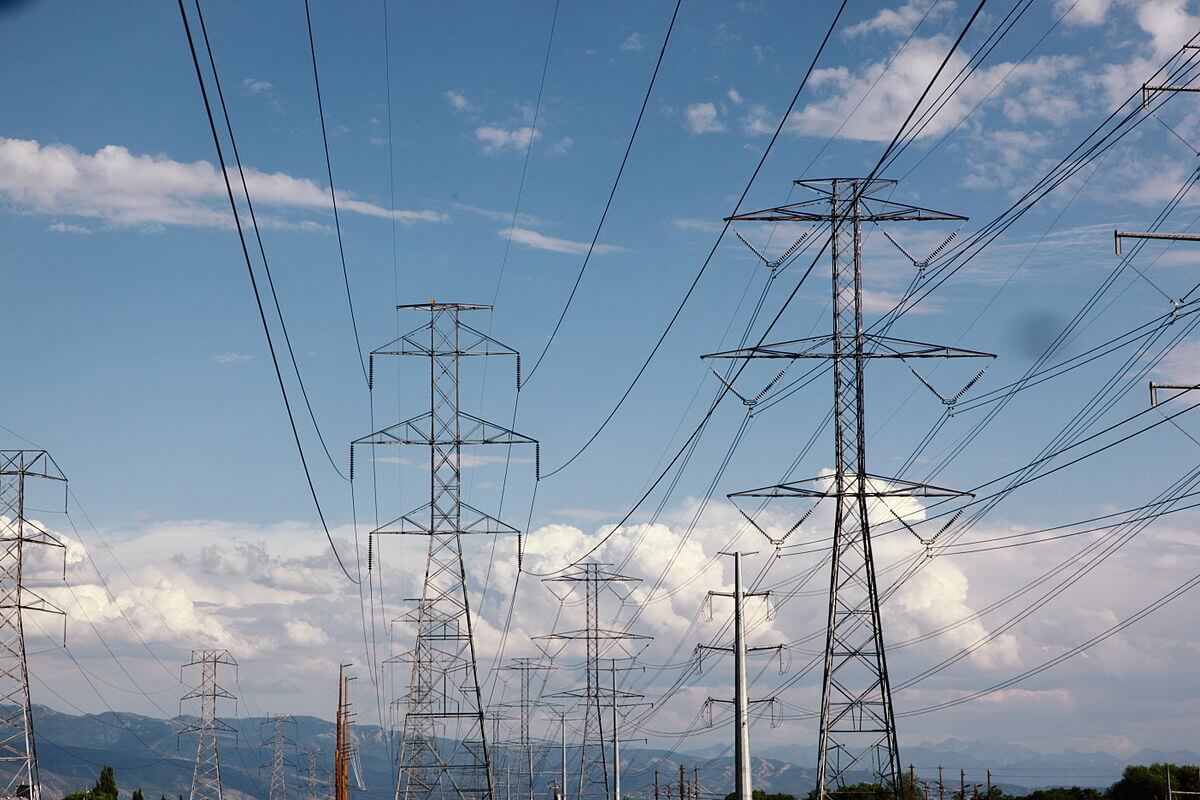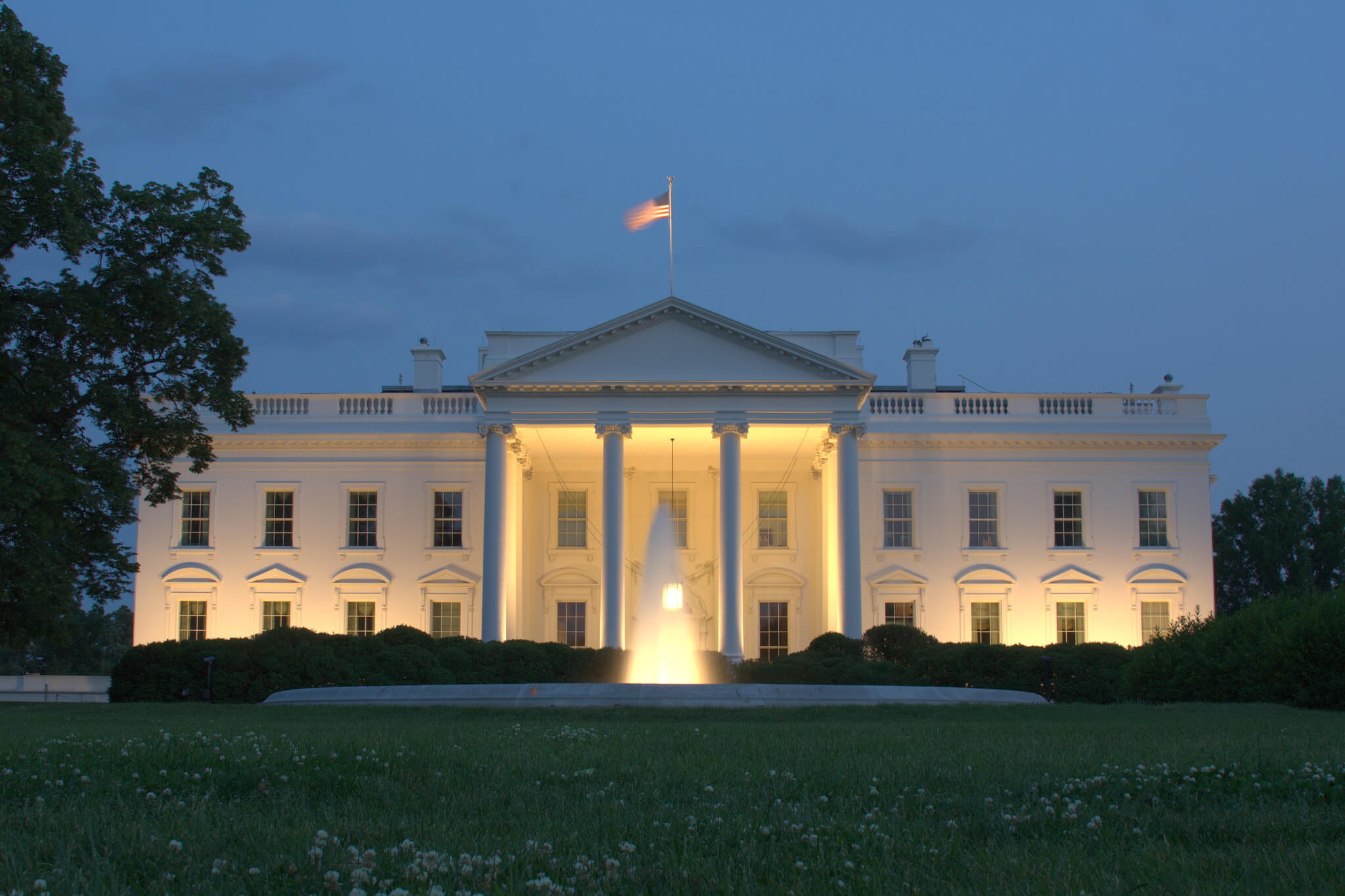Since electricity was first deployed, there has been a missing link: storage.
The lead-acid battery was first developed in 1859 and has been refined to the effective, utilitarian box we have in cars today. Gone are the days when you sometimes had to top up the car battery with sulfuric acid and, often, distilled water.
These batteries, these workhorses, never made it far beyond their essential role in automobiles. Although early car manufacturers thought the future of the automobile would belong to electricity, it was the internal combustion engine that took over.
While battery research continues unabated – especially after the energy crisis which unfolded after the fall of 1973 — it wasn’t until the lithium-ion battery arrived in the 1980s that batteries became a transformative technology. From cell phones to Teslas, they have upended the world of stored electricity.
Lithium-ion was the clear winner. It is light and suitable for transportation. It has also been the primary battery for utilities which have been installing them at breakneck speed. But they are costly, and lithium is at the end of a troubled supply chain.
Batteries are essential to realizing the full potential of electricity generated from wind and solar. They provide power when the sun has set or the wind isn’t blowing. They can capture surplus production in the middle of the day when states like California and Arizona already have overproduction of solar power and it becomes negative energy, wasted.
Enter iron-air batteries. That is right: Iron with an “r,” which is the basic material in steel and one of the most plentiful elements on Earth.
Iron-air batteries use rusting as their central technology. In an iron-air battery, iron, water and air are the components. The iron rusts to discharge power and the rusting is reversed to charge the battery.
Form Energy, headquartered in Somerville, Massachusetts, will be shipping these revolutionary batteries to utilities late this year or early next from their manufacturing plant at the site of the old steel mill on the Ohio River in Weirton, West Virginia. This means transportation infrastructure for heavy loads is already in place.
Form Energy got started with two battery experts talking: Mateo Jaramillo, the head of energy storage development at Tesla, and Yet-Ming Chiang, a professor at MIT who devoted his career to the study of batteries, primarily lithium. Indeed, he told me when I met with him in Somerville, that he fathered two successful battery companies using lithium.
But clearly, iron-air is Chiang’s passion now — a palpable passion. He is the chief scientific officer at Form Energy and remains Kyocera professor of ceramics at MIT.
Chiang, Jaramillo and three others founded Form Energy in 2017. Now it has contracts with five utilities to provide batteries and appears to be fulfilling the dearest wish of the utilities: a battery that can provide electricity over long periods of time, like 100 hours. Lithium-ion batteries draw down quickly — usually in two or four hours, before they must be recharged.
An iron-air battery is capable of slow discharge over days, not hours. Therefore, it can capture electricity when the sun is blazing and the wind is blowing — which tends to drop in the afternoon just when utilities are beginning to experience their peak load, which is early evening.
Iron is very heavy so the use of iron-air technology would appear to be limited to utilities where weight isn’t a problem and where the need for long, long drawdown times are needed; for example, when the wind doesn’t blow for several days.
Jaramillo told me the company is well-set financially. It has raised $860 million and was given $290 million by the state of West Virginia,
The smart money has noticed: Early funders include Bill Gates and Jeff Bezos. Is a new Iron Age at hand?






